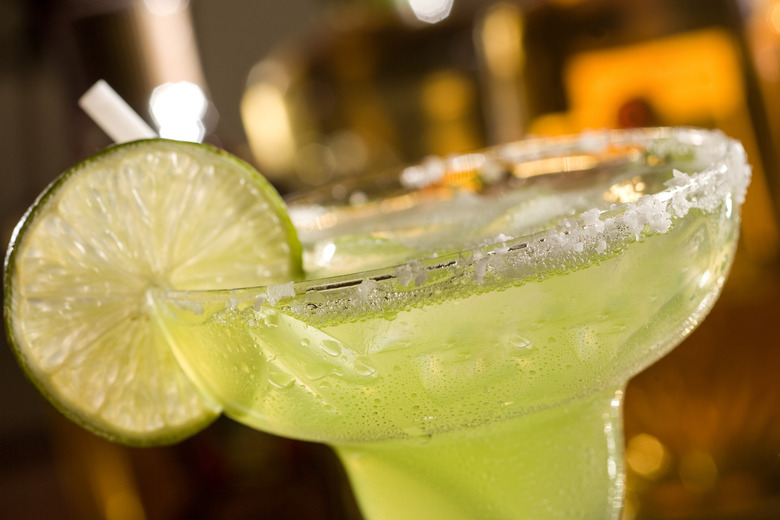Why Does Salt Melt Ice Faster Than Sugar?
When roads are covered in a blanket of ice making ordinary car travel a potential hazard, using common salt to cover roadways dissolves the ice. But why does this work? And wouldn't sugar, also a white, crystalline compound, difficult to distinguish from salt without tasting, work as well?
Experiment
Experiment
Place three bottles in a home-freezer, one containing tap water, a second with a saturated salt solution, and a third with a saturated sugar solution. You will find the tap water freezes as expected. The sugar water becomes slush with frozen patches, but the salt water will not freeze at all. This phenomenon demonstrates freezing-point depression.
Freezing-Point Depression
Freezing-Point Depression
Freezing-point depression refers to the observation that a pure substance (i.e. water) has a definite melting/freezing point (0'C), but the addition of an impurity (i.e. salt, sugar), as well as lowering this temperature, also spreads it so there is a less definite, more diffuse melting/freezing point. The greater the quantity of the impurity, the lower the melting/freezing point. In other words, freezing-point depression is a colligative property. And when it comes to colligative properties of solutions, it's the number of molecules of solute that matter, not the type of solute, Comparing two solutions, each containing the same quantity of either salt or sugar, the salt solution will lower the freezing point further. This is because 1 gram of salt contains more molecules of salt than 1g of sugar contains molecules of sugar.
Solute Concentration
Solute Concentration
Chemists use moles, a unit equal in number to the molecular weight (measured in daltons) of a substance, but in grams, to prepare a solution with a specified number of solute molecules. A mole of one substance has exactly the same number of molecules as a mole of any other substance. Table sugar (sucrose), C12H22O11, has a molecular weight of 342 daltons. To obtain one mole of sucrose, weigh out 342g. Table salt, NaCl, has molecular weight of 58 daltons. To obtain one mole of salt, weigh out 58g. Notice you need almost six times more sucrose to obtain the same number of molecules in one mole of salt.
Ice and Water Equilibrium
Ice and Water Equilibrium
Under normal conditions, solid water is in equilibrium with liquid water at its standard freezing temperature of 0'C, meaning water will exist contentedly as either a liquid or solid, and will begin to melt or freeze. For this reason, ice is covered by a thin layer of water. Molecules in the solid phase constantly trade places with molecules in the liquid phase. This behavior of water makes it possible to use salt to melt ice.
Melting Ice
Melting Ice
Salt sprinkled on ice-covered roads dissolves in the film of water coating the ice, creating a solution no longer at its freezing point. Solid molecules travel into the liquid phase, but no longer turn back into the solid. Balance tips toward the liquid phase, more and more molecules find themselves in solution, thus melting the ice.
References
- "The Joy of Chemistry: The Amazing Science of Familiar Things"; Cathy Cobb and Monty L.Fetterolf; 2005
- "World of Chemistry"; Robyn V. Young; 2000
- "Biology: Third Edition"; Neil A. Campbell; 1993
Cite This Article
MLA
DeSales, Nina. "Why Does Salt Melt Ice Faster Than Sugar?" sciencing.com, https://www.sciencing.com/salt-melt-ice-faster-sugar-2454/. 13 March 2018.
APA
DeSales, Nina. (2018, March 13). Why Does Salt Melt Ice Faster Than Sugar?. sciencing.com. Retrieved from https://www.sciencing.com/salt-melt-ice-faster-sugar-2454/
Chicago
DeSales, Nina. Why Does Salt Melt Ice Faster Than Sugar? last modified March 24, 2022. https://www.sciencing.com/salt-melt-ice-faster-sugar-2454/
